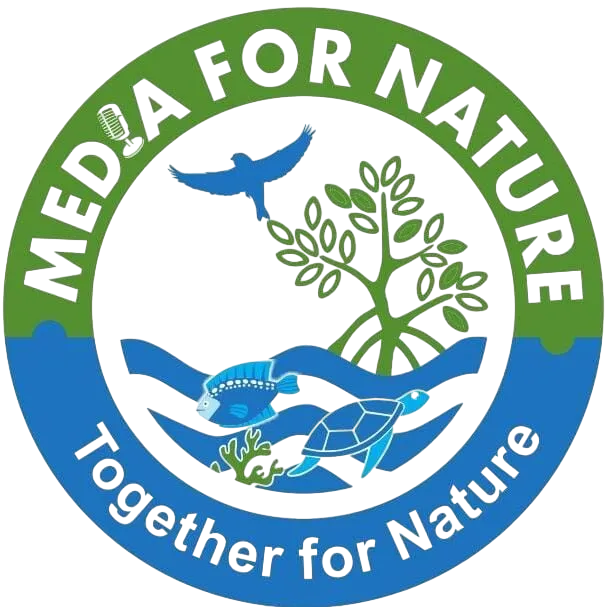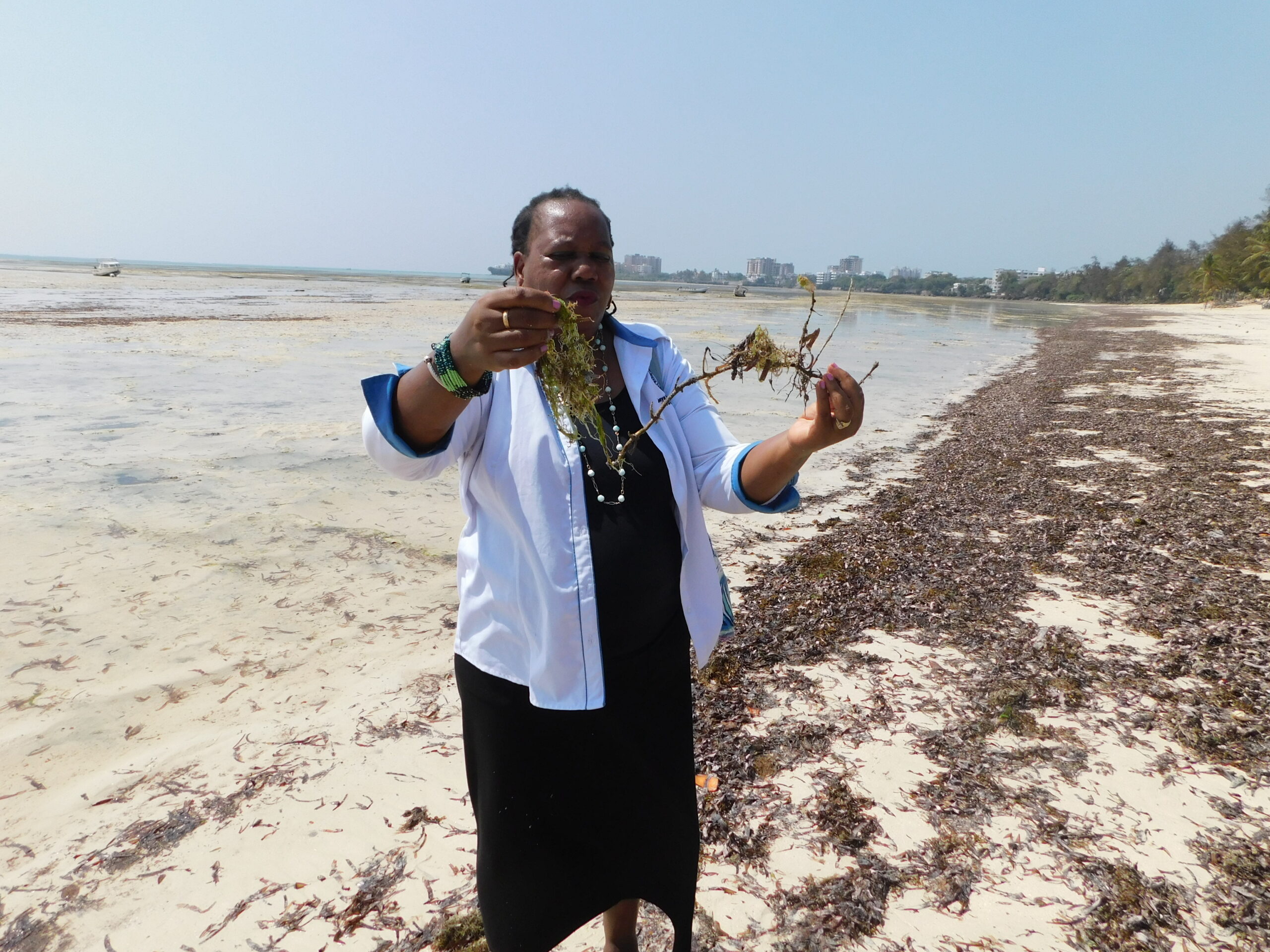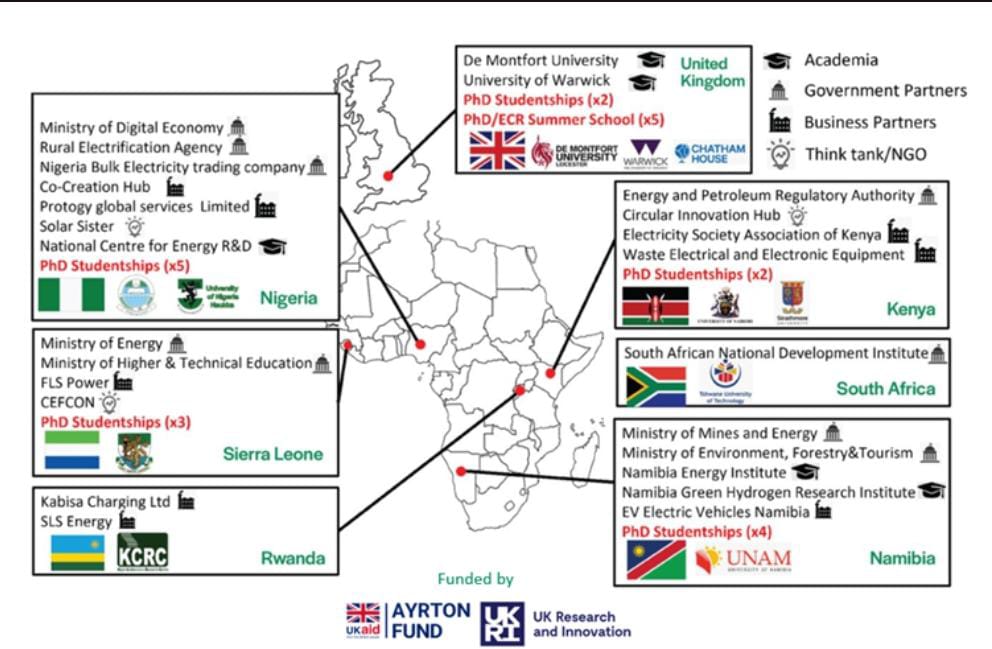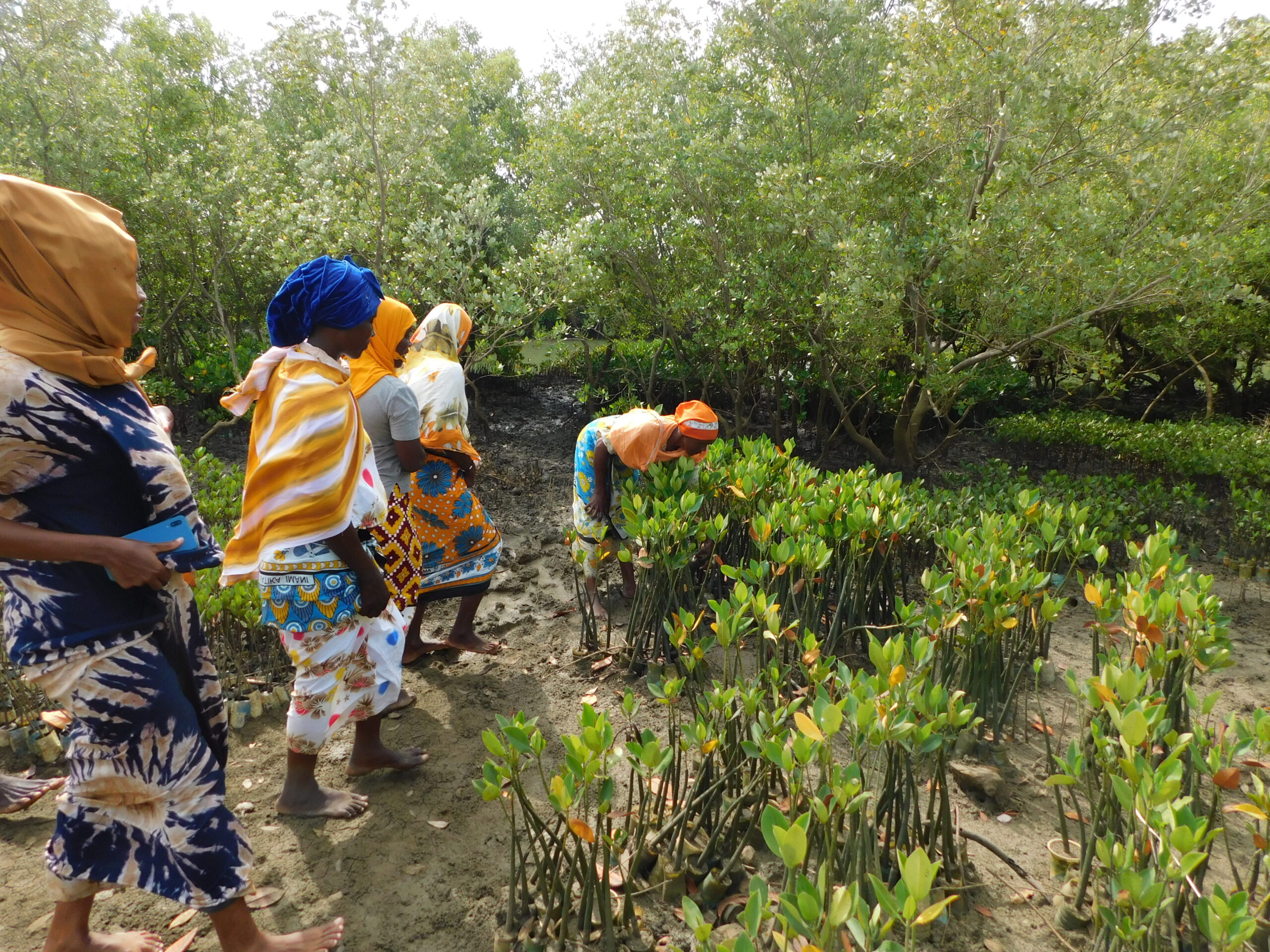Cutting the cake to commemorate one year of Media For Nature during the Media Dialogue at the Blue Radio Hub in Mombasa
What started from a casual chitchat about a year and a half ago to come up with a platform to augment many years of writing about science is today providing the direction in reporting of this important subject. The challenges faced along the way were enormous and would easily have derailed us if it was not for the commitment in seeing the dream of championing mentorship and media advocacy become a reality. From delayed registration of the organization – Media For Nature to being conned our hard earned money trying to get our website hosted, we can only say, one year later that the path we chose to follow is slowly but steadily taking us to the promised land.
On the evening of May 27, 2025 Media for Nature marked its first anniversary and what a better way to celebrate this milestone than bringing together stakeholders to discuss science. It was a convergence of journalists, scientists, academicians, community members, civil society organizations and government agents. For us at Media for Nature, it was an event that captured our aspirations. As we cut the cake to celebrate one year of amplifying voices, partnerships and collaborations, our minds were trained on the future – a lot still needs to be done yet very hopeful after an eventful year.
Partnership
One of the major milestones that spiced the inaugural Media Dialogue on Responsible Reporting on the Environment was that of partnership. As Media for Nature was celebrating one year of existence, it was also marking one year of partnership with Gilitics Media through the Blue Radio. This is a partnership that saw us launch a weekly radio programme –Wimbi la Mazingira, a platform that has become very popular with scientists, community members, journalists and other key stakeholders involved in nature conservation. A big thank you to Gilbert Were, CEO, Gilitics Media and your dedicated team for believing in us.
Discussions
Key discussions focused on the need to tell environmental stories by packaging it in a way that can easily be understood by the different audiences. The speakers further talked about access to credible and well researched solution driven information hence the need for journalists, scientists and the community to collaborate.
Among key takeaways include the need for networking of the various stakeholders to ensure sustained dissemination of research findings; follow up meetings at the grassroots level; the need for journalists to work closely with researchers/scientists to avoid misinformation and disinformation while reporting.

What our keynote speakers said:
Maureen Mudi, Media Council of Kenya Regional Coordinator
If journalists cannot understand the information being given by scientists automatically that means the audiences –the community is lost. They will not understand. As journalists we have a lot of work to do. As Media Council of Kenya we are working on empowering research scientists to understand how they can breakdown the information for the ordinary person.
Dr Mariam Swaleh
Ocean Climate Innovation Kenya Lead and Lecturer Technical University of Mombasa (TUM)
Many times scientists would do their research and put it in journals and we miss an opportunity in communicating the findings with the community so that they understand what we are doing. There is also a lot of research gaps in areas that can come from the community when you go out there and sit with them. On Ocean Health, how can you communicate as people in the media? It is important to know how to communicate science. Whenever you are doing stories there are certain things that you need to establish –whether the information is out there or not hence the need to do research. These are the things that you may want to focus on maybe to inform policy makers about what is happening or needs to be done.
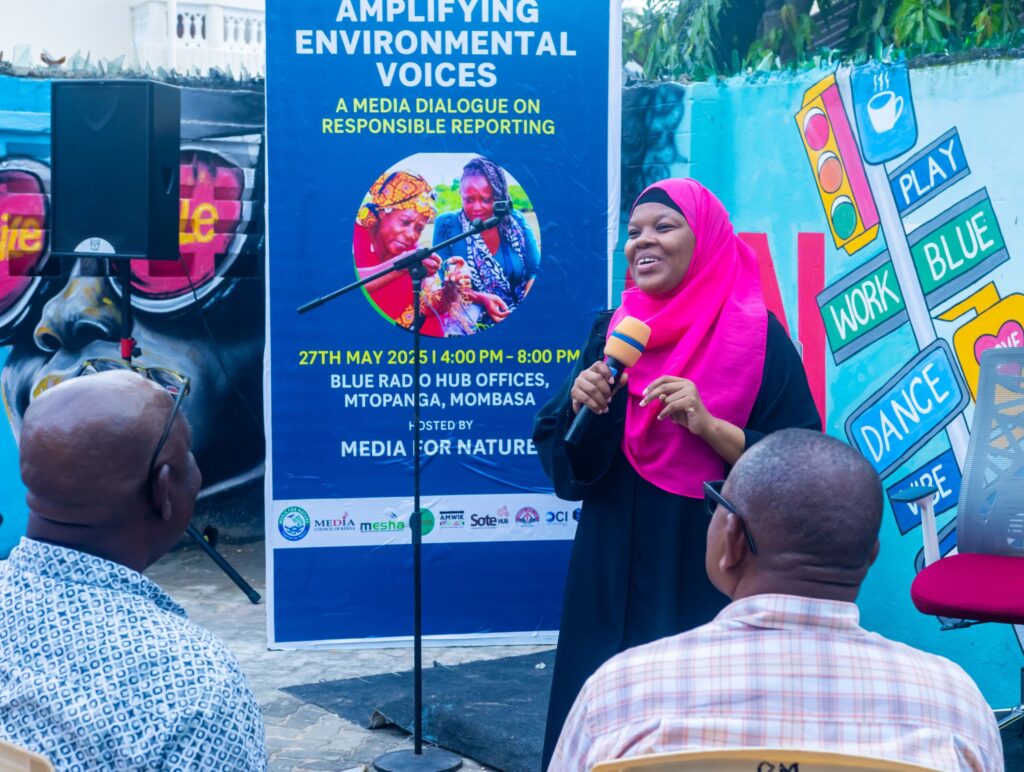
Japheth Tembo
Marine Scientist –WorldFish
The use of technology in fisheries –Digital Fisheries
Technology is not the only solution in saving us from the problems we have in terms of understanding our fisheries, indigenous knowledge is very key in knowing the fishing grounds, weather patterns and condition of the ocean and that’s what indigenous knowledge is telling us. We appreciate that but it’s also important to bring research or digital information into perspective and try to validate. The fishermen know where the fishing grounds are but if you ask them where exactly you are fishing, they may not be in a position to pinpoint. What we are doing is to co-create data that can be able to help people who want to improve infrastructure.
Pauline Safari
Fisheries Expert from COMRED
Working with communities is not that easy, they look at us as people who just come with great ideas and just there perhaps to manipulate them, take the information but don’t go back to give them feedback. As scientists and researchers we need to work together with the communities to show them practically that the challenges they are going through can be solved. Building trust takes time but once it’s there they are able to communicate easily, bringing their challenges to the fore. Some of the feedback, though can be confusing and full of jargon. It is important for us to simplify information and bridge the gap between science and society through media.
Jasmine Atieno
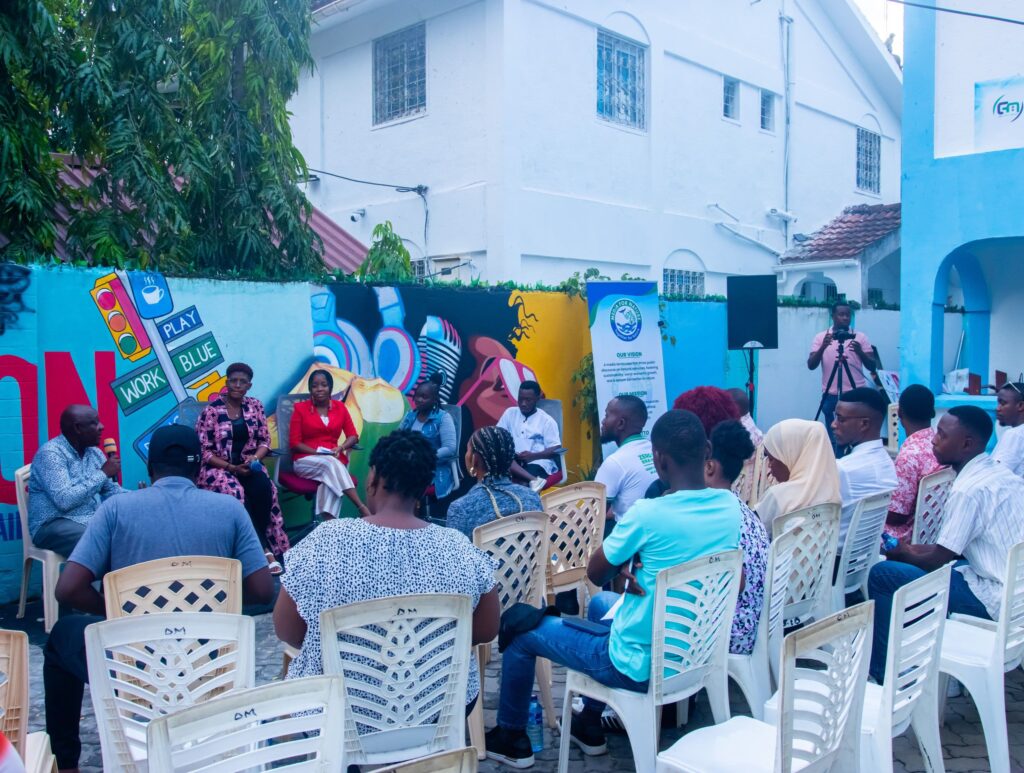
Environmental Journalist, Activist
Environment and science were underreported issues when I started my journalistic journey as politics took centre stage but with time the situation changed as issues such as climate change, the blue economy became buzzwords. For stories to be impactful, a journalist has to do deeper research, making use of information available in databases, use of experts in specific fields. Right now data journalism is the most effective ways of reporting so scientists must work together with journalists to make sense of the data.
As the journey and the conversation continues, the Media Dialogue event has given us the opportunity to reevaluate and position ourselves while guided by our Vision of “realizing an informed, ethical journalism that fosters public discourse on natural resources, promoting sustainable environmental governance, socio-economic development, and a deeper appreciation of nature’s vital role in people’s lives”.

We are beginning a second year stronger, thanks to the wealth of input from our valued friends and partners who left us with these gems:
Key Findings
- There is still a gap in the reporting of science and environment matters –especially where latest technology in areas such as fisheries, marine conservation is concerned
- There is still mistrust between journalists and scientists hence the need for more of such forums
- The community who are supposed to be the beneficiaries of research and even the content that journalists generate is least informed and there is a need to cascade the information to the grassroots
Recommendations
- More trainings of journalists on how to use data, scientific information and how to package scientific information for the audiences
- To bring scientists and journalists together to, apart from building trust between the two, to also show researchers how to communicate their findings
- Taking such forums to the communities for them to appreciate what scientists are doing and for them to understand their roles in ensuring a healthy environment
